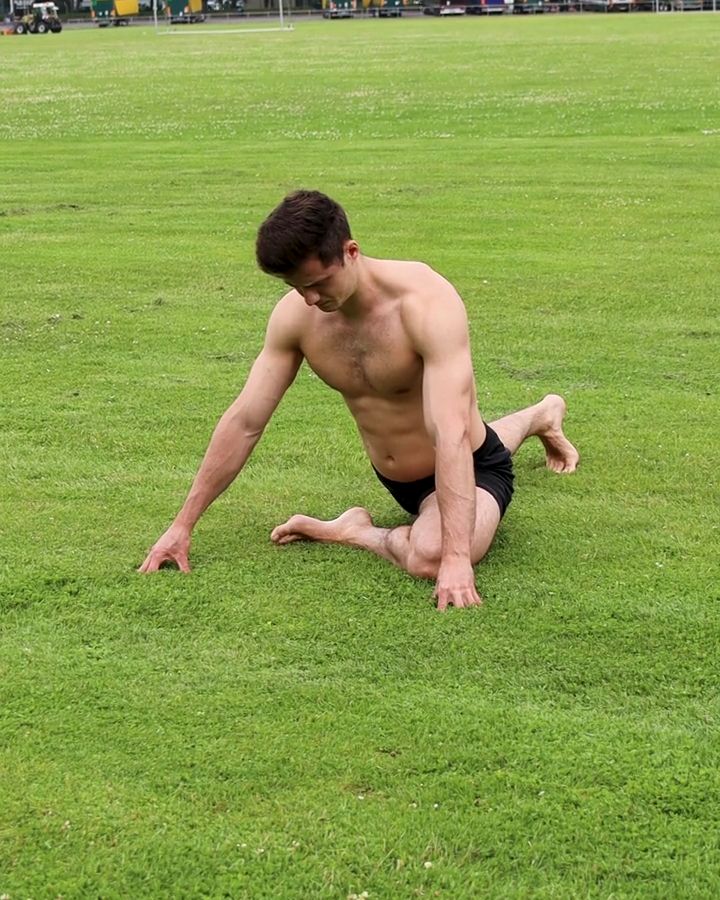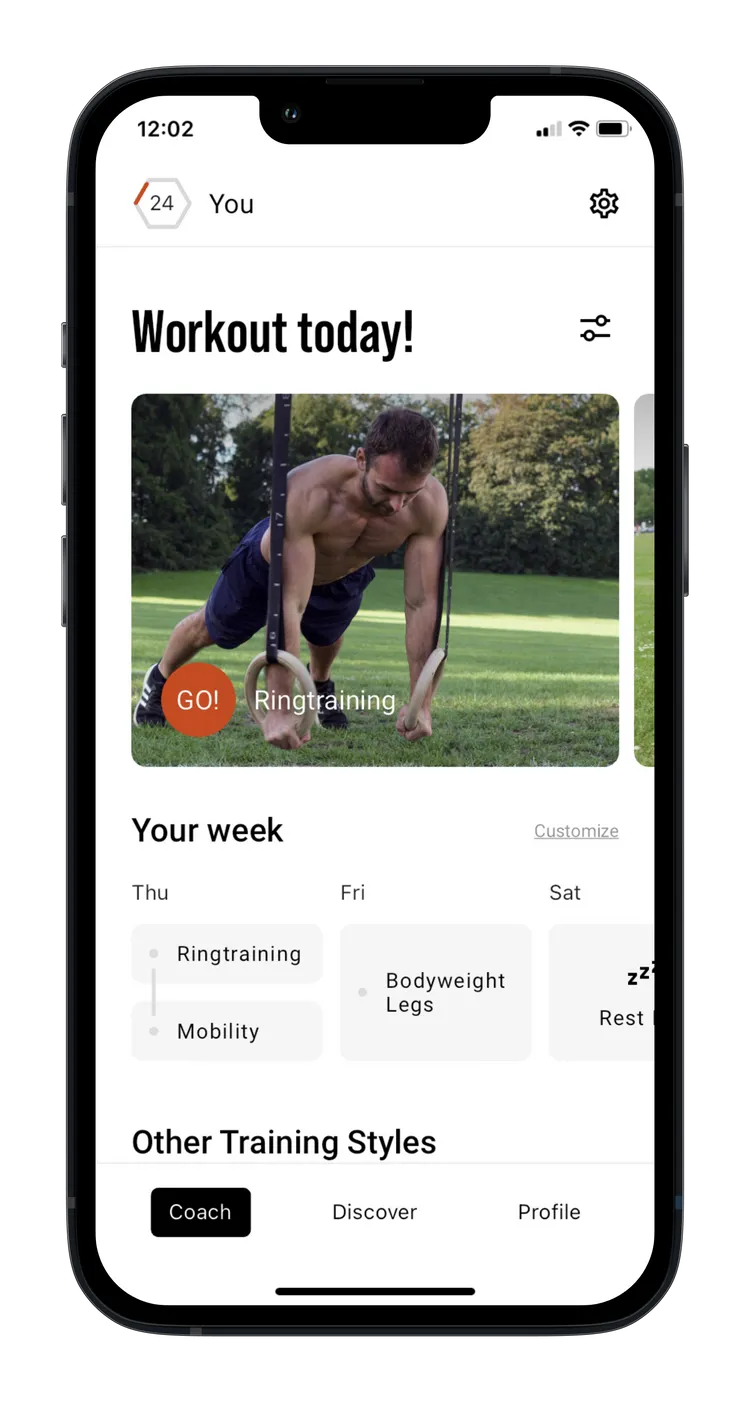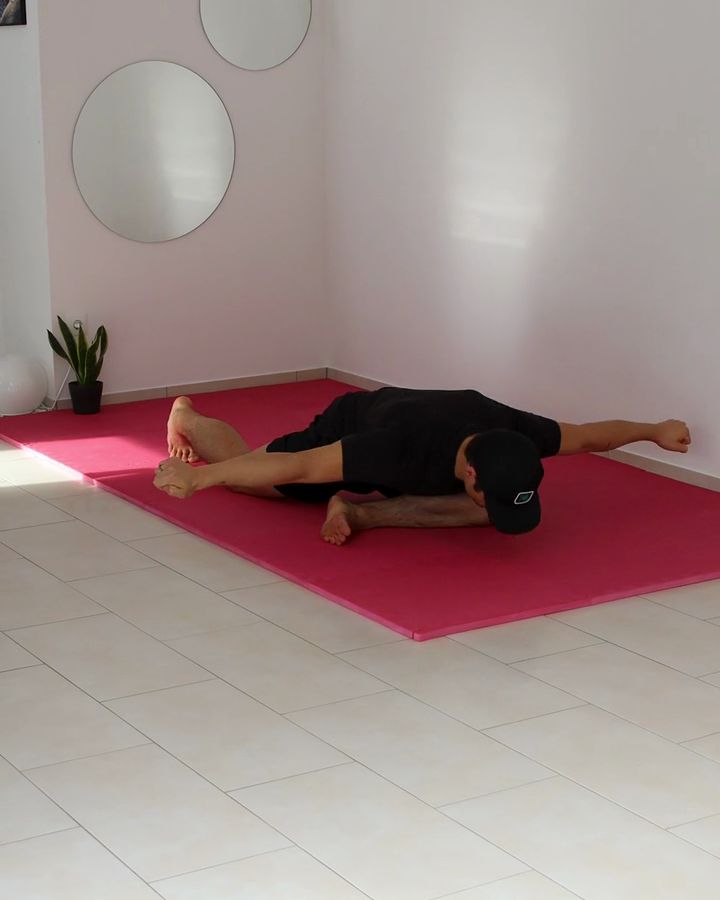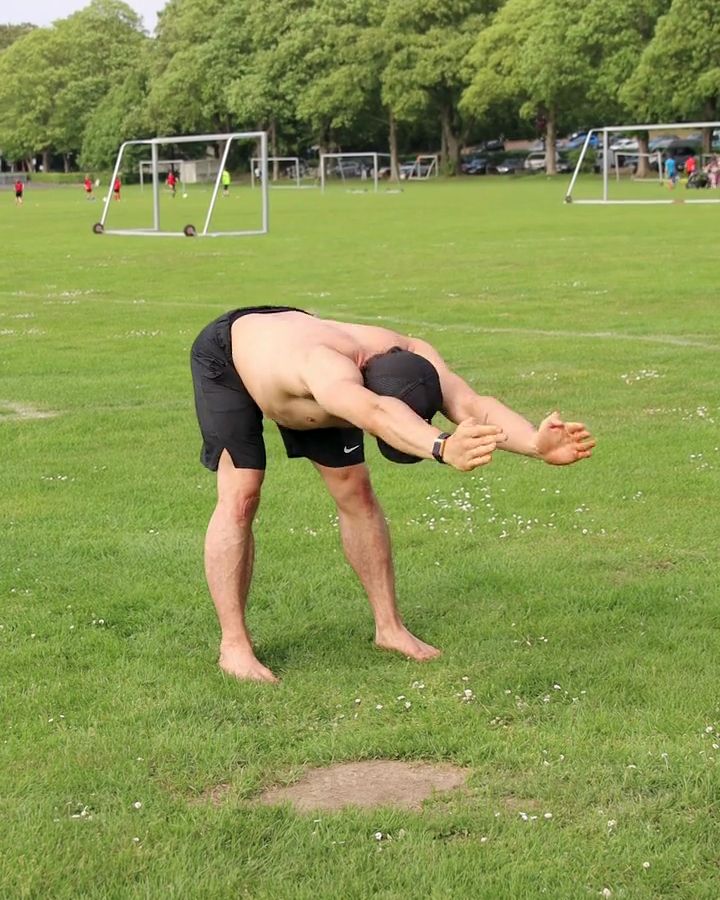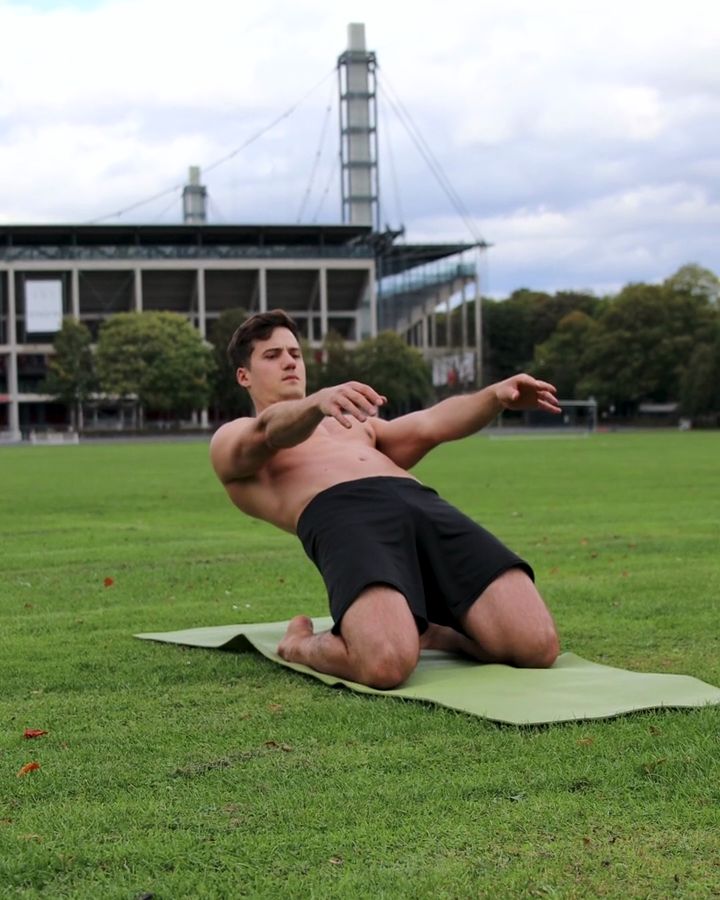Pigeon Pose
The Yoga Pigeon Pose (Eka Pada Rajakapotasana), also known as Pigeon Pose or Pigeon Stretch, is a hip-opening exercise that primarily targets the glutes, hip flexors, and lower back. It promotes flexibility and relaxation but can also be performed in advanced variations with deeper backbends or leg stretches. A key aspect of this pose is maintaining proper hip alignment to maximize its effects on the muscles and prevent injuries. This asana is excellent for mobilization and stretching, though mindfulness is essential, especially regarding the knees and lower back.
When performed with the correct technique, the Yoga Pigeon Pose can release tension, improve posture, and deepen your yoga practice. For a more active and intensive variation of the static pose, you can try Pigeon Good Mornings, which add a dynamic movement to further strengthen the muscles.
Necessary equipment
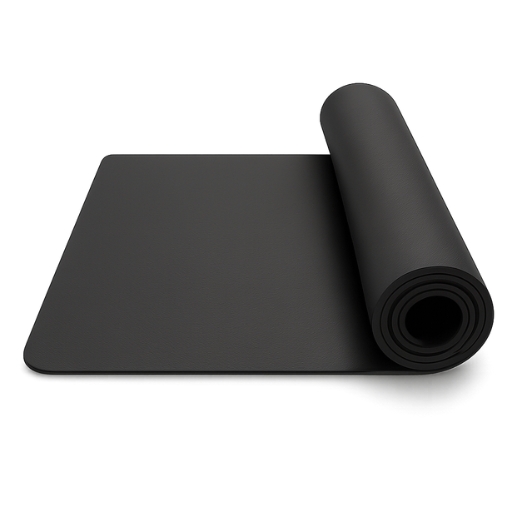
Pigeon Pose - the correct execution
- Start in the quadruped position
- Position your left leg between your arms
- Your lower leg is across in front of your upper body
- Push your right leg backwards
- Try to bring your hips to the floor
- Increase the intensity by pushing the back leg further backwards
The exercise Pigeon Pose is intended to be used as a mobility, cool down exercise.
Which muscles are trained by Pigeon Pose?






Primary trained muscles for Pigeon Pose
Hipflexors - The hip flexors, including the iliacus and psoas major muscles, allow you to bend your leg and torso forward.
Glutes - The gluteus maximus is the large muscle in your buttocks. It is important for extending the hip, moving your leg backward, and stabilizing the hip joint.
Similar exercises to Pigeon Pose
Pigeon Pose Good Mornings
Pigeon Pose Good Mornings combine the hip stretch of the Pigeon Stretch with the forward bend of traditional Good Mornings. This exercise improves hip mobility while simultaneously strengthening the lower back and glutes. The upright posture and controlled forward bend specifically target hip flexibility and core stability.
Pigeon Pose Good Mornings are an advanced variation of classic Good Mornings and an extremely effective mobility exercise. They allow for active engagement with load through the full range of motion, optimizing both mobility and stability.
Good Mornings
This exercise primarily targets your glutes, hamstrings, and lower back. It is ideal for beginners, positively impacting mobility and supporting muscle growth. For advanced practitioners, Weighted Good Mornings are recommended.
Reverse Nordic
The Reverse Nordic is an effective exercise that primarily strengthens the thigh muscles while simultaneously stretching the hip flexors. In this movement, you kneel on the ground and lean your torso backward in a controlled manner while keeping the hips extended. This requires both strength in the legs and core as well as good hip flexor flexibility.
As the counterpart to classic Nordic Hamstring Curls, which focus on the posterior thigh muscles, the Reverse Nordic targets the anterior thigh muscles. While the Reverse Nordic involves leaning the torso backward, the Nordic Hamstring Curls involve leaning forward and controlling the descent. Both exercises complement each other perfectly for a balanced leg workout.
This could also be interesting
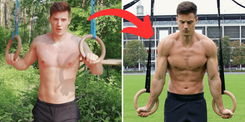
Calisthenics Body Transformation – How to Build a Strong, Lean, and Athletic Physique
Transform your body with Calisthenics! Build muscle, burn fat & achieve a shredded physique with bodyweight training. See real before & after results!

The Best Fitness Apps in 2025: Our Top 10 Recommendations
Don’t miss the best fitness apps of 2025: surprising favorites, free options, and perfect tools for your workouts. Find the ideal app today!
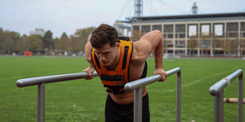
Complete Calisthenics Skills List – 40+ Exercises from Beginner to Pro
Which calisthenics skills should you learn first? And which ones will really help you progress? In this article, you’ll find a complete list of over 40 exercises – from the very basics to the toughest moves for professionals. Each exercise comes with instructions, so you can immediately integrate them into your training.
